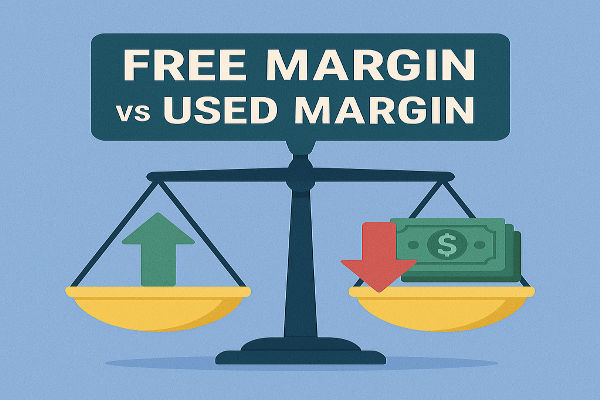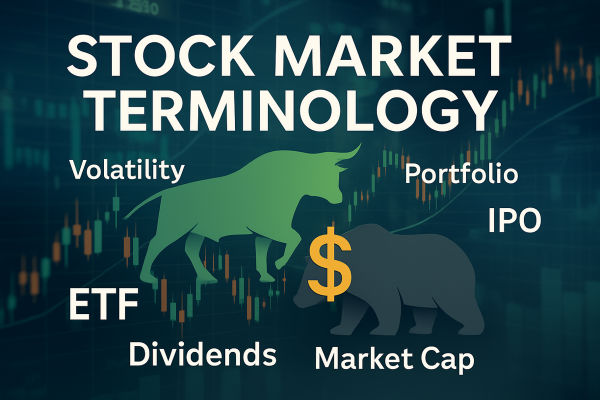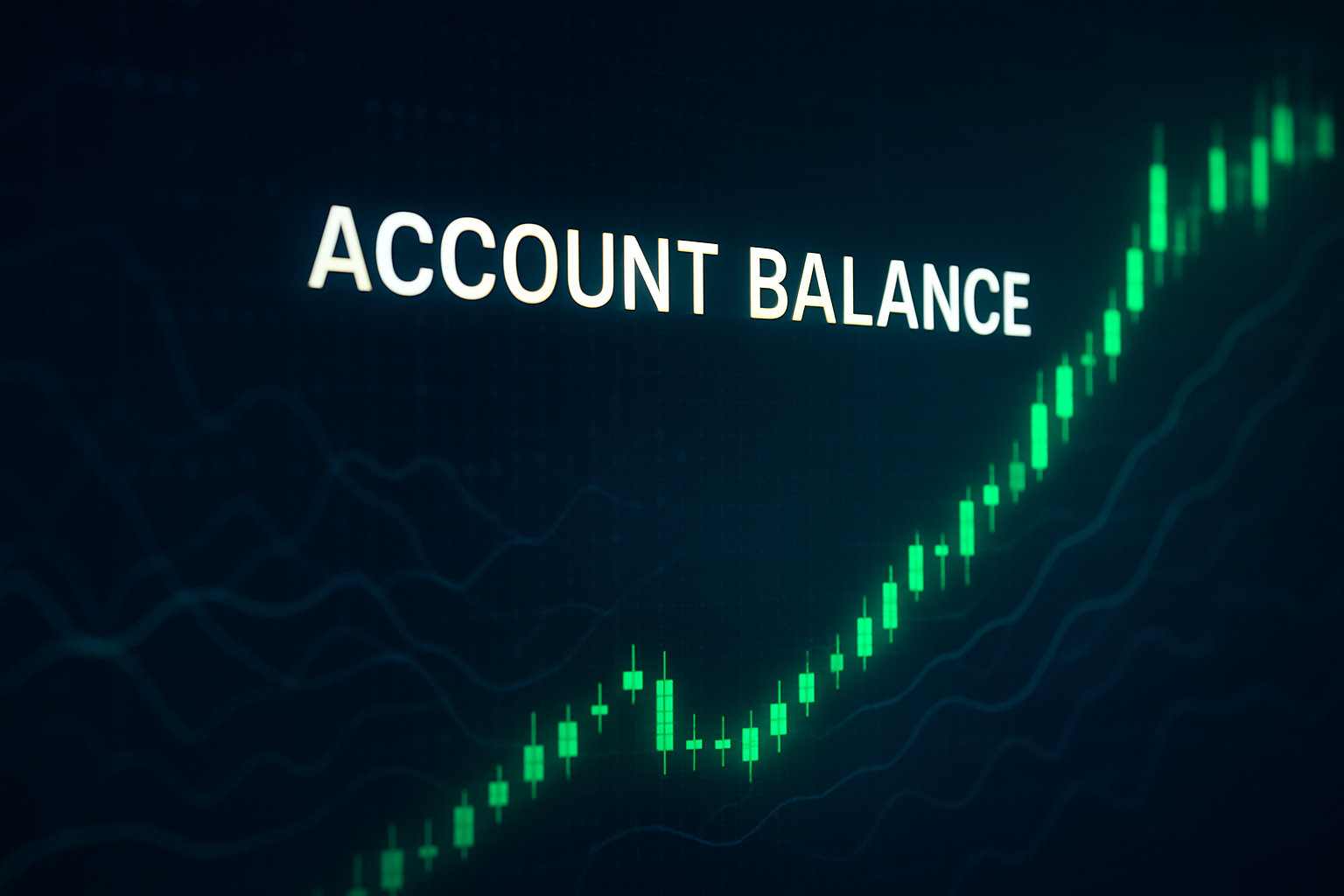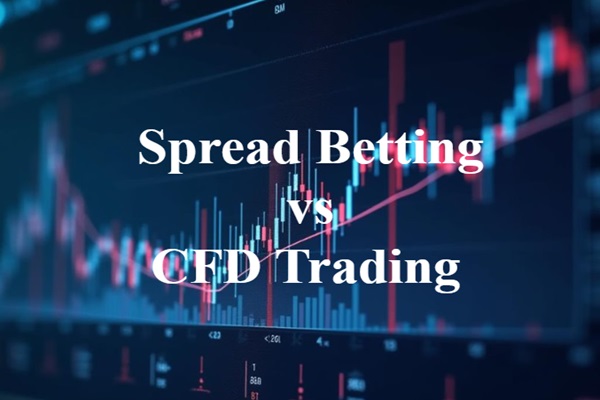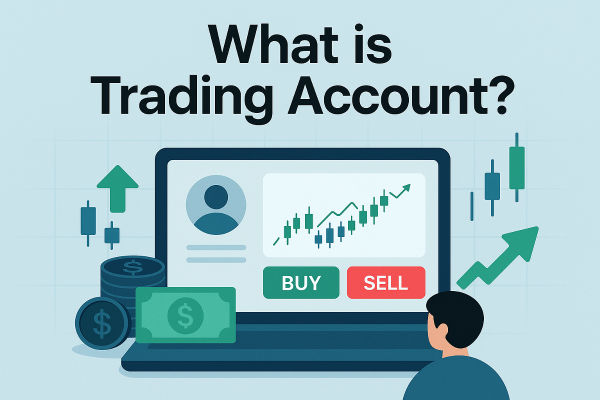Margin is the lifeblood of leveraged trading. Think of it as the oxygen that keeps your trades alive. Without enough of it, even a winning strategy can suffocate under market pressure. Every position you open in forex, commodities, or indices consumes a portion of your capital known as margin, and how you manage it often determines whether your trading career thrives or fails.
In today’s markets, where volatility can double in hours and liquidity can thin during unexpected news events, understanding how free margin and used margin work is essential. Many traders learn about them only when their broker issues a margin call, often too late. Mastering this relationship gives you control over your exposure, prevents forced liquidations, and builds the discipline professional traders rely on.
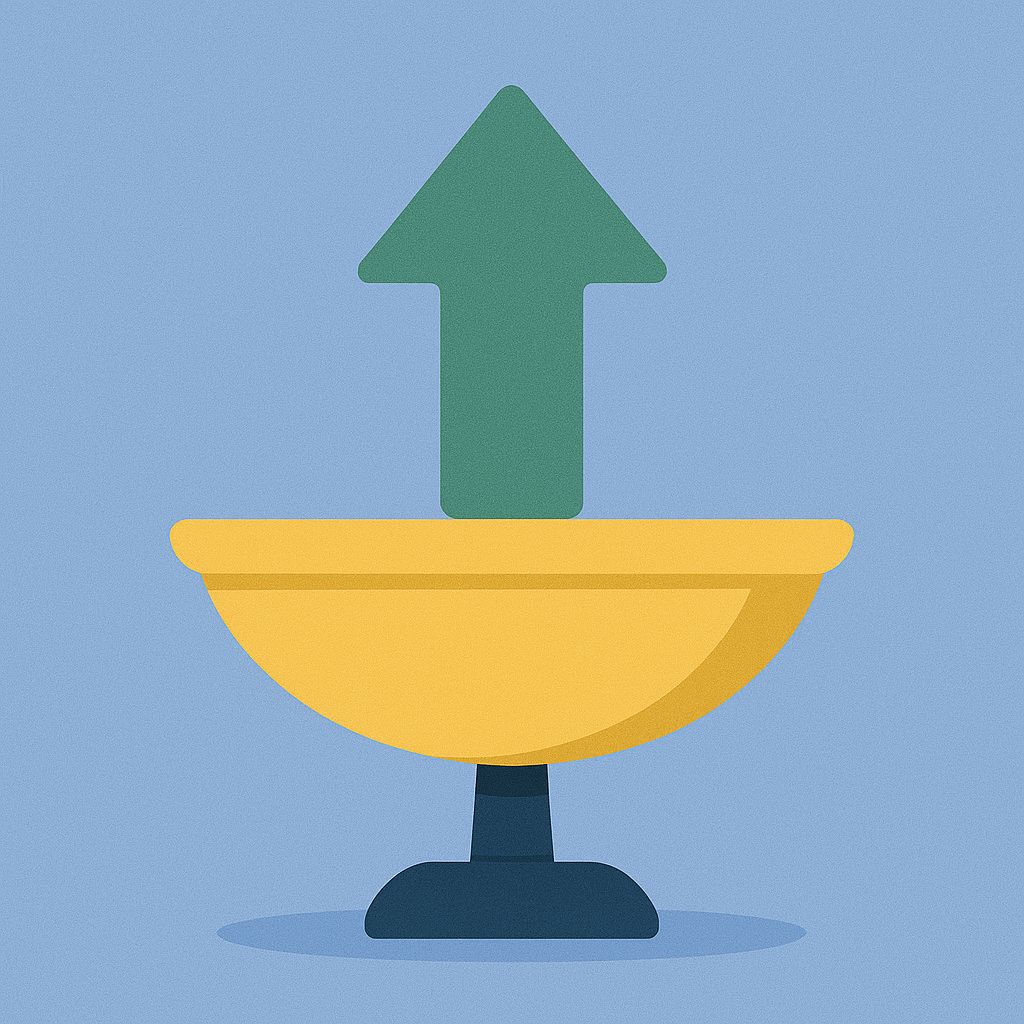
What Is Margin in Trading?
Margin represents the capital your broker requires you to set aside as collateral when you open a leveraged trade. It acts as a security deposit that ensures you can cover potential losses.
For instance, if you use 1:100 leverage, you only need 1% of the trade’s total value as margin. A $1,000 deposit can therefore control a $100,000 position. Leverage magnifies both potential profits and losses, which makes managing margin critical.
When your broker displays figures like balance, equity, used margin, and free margin, each interacts dynamically with your trades. The higher your leverage, the smaller your required margin per position — but the faster your free margin can vanish when markets turn against you.
What Is Used Margin?
Used margin is the total amount of your funds that is currently locked in open positions. It’s like money held aside to keep your trades active.
Formula:
Used Margin = Sum of all margins required for open trades.
For example:
A trader opens two positions, EUR/USD (1 lot) and USD/JPY (1 lot). Each trade requires $500 in margin. The used margin equals $1,000.
As long as these trades remain open, that $1,000 cannot be used for new positions. If the broker increases margin requirements during high volatility, such as around an interest rate decision, the used margin will rise, reducing your available free margin.
Used margin therefore tells you how much of your capital is committed. High used margin levels can restrict flexibility, especially if your equity starts falling.
What Is Free Margin?
Free margin is the available capital left in your account after accounting for used margin. It represents your financial “breathing room.”
Formula:
Free Margin = Equity – Used Margin.
Here’s an example:
Your account equity is $5,000 and your used margin is $1,500. That leaves $3,500 in free margin. You can use it to open new positions or absorb unrealised losses from current ones.
If your trades move in your favour, equity rises and free margin grows. If markets move against you, equity falls and free margin shrinks. When it drops to zero, your broker may issue a margin call or close positions automatically to protect your account from going negative.
In 2025, most major brokers set margin call thresholds between 50% and 70%, while stop-out levels — where trades are forcibly closed, often occur around 20%.
The Relationship Between Free and Used Margin
Free margin and used margin constantly shift as market prices change. They are two sides of the same coin: one measures your commitment, the other your flexibility.
Imagine a seesaw. When one side (used margin) goes up as you open new trades, the other side (free margin) goes down. If your trades become profitable, the seesaw tilts back — profits add to equity and increase your free margin. But when losses accumulate, equity falls, reducing your free margin and heightening risk.
Example:
Suppose you have $10,000 in equity and two trades using $2,000 in total margin. If both trades move in your favour and add $1,000 in unrealised profit, your equity rises to $11,000, pushing free margin to $9,000. If the market reverses and you lose $1,500 instead, your equity falls to $8,500, and free margin drops to $6,500.
The key to survival is maintaining enough free margin to withstand temporary losses while keeping used margin at manageable levels.
Real-Life Case Study: The 2020 and 2022 Volatility Shocks
The importance of margin control was made painfully clear during recent market crises.
In March 2020, when the pandemic triggered record-breaking volatility, forex and CFD brokers reported a surge in margin calls. Retail traders on high leverage saw their free margin vanish as prices in oil, gold, and major currencies swung by more than 5% in a single day. Those who had overcommitted their used margin faced automatic liquidations.
Again in 2022, when global central banks raised interest rates aggressively, margin calls spiked across USD and GBP pairs. Some traders who failed to maintain adequate free margin lost entire accounts as their brokers liquidated positions to prevent negative balances.
Experienced traders learned to keep their free margin at 50–70% of equity to absorb sudden volatility — a practice now considered standard risk management in 2025.
How to Calculate and Monitor Margin Levels
Understanding the math behind margin helps you plan your risk.
-
Find the Margin Requirement:
Margin = (Lot size × Contract size) ÷ Leverage
Example: For 1 lot of EUR/USD (100,000 units) at 1:100 leverage, required margin = $1,000.
-
Find Used Margin:
Add up all required margins for your open trades.
-
Find Free Margin:
Equity – Used Margin.
-
Calculate Margin Level (%):
(Equity ÷ Used Margin) × 100
Example:
If the market moves against you and equity drops to $1,200, margin level = (1,200 ÷ 1,000) × 100 = 120%, nearing the danger zone.
Key thresholds:
Modern trading platforms display these figures in real time, helping traders monitor risk instantly.
Why Margin Management Matters in 2025
Global markets in 2025 remain volatile as inflation, AI-driven trading algorithms, and shifting rate expectations fuel rapid price swings. According to the FCA’s 2024 retail trading report, roughly 70% of retail traders lose money, largely because of poor margin management.
When traders over-leverage or fail to maintain free margin, even small price moves can erase their accounts. Professional traders, by contrast, treat margin as a safety buffer, not a tool to maximise risk. Maintaining higher free margin ratios allows them to stay in trades longer and benefit from market reversals instead of being forced out prematurely.
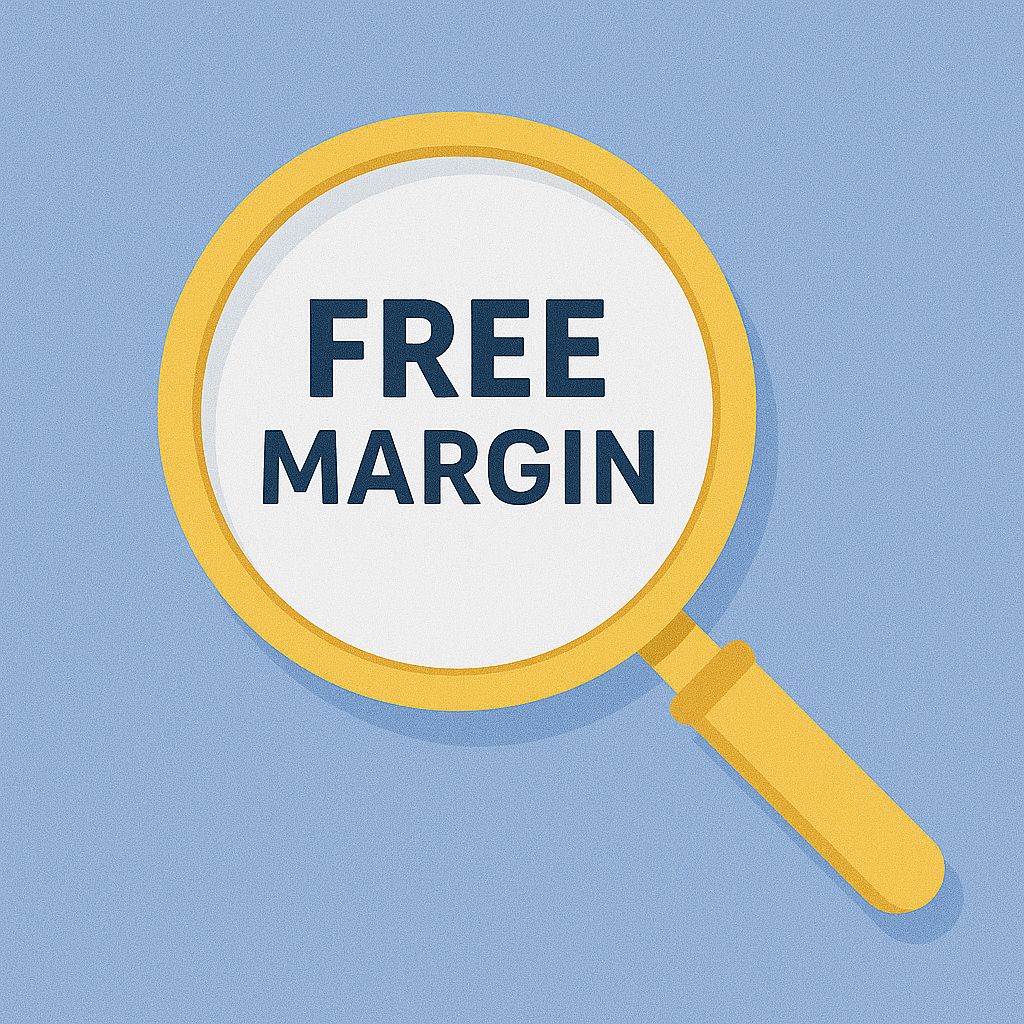
Practical Tips for Managing Margin Wisely
-
Maintain Free Margin Above 50–70%:
This ensures enough room for short-term volatility.
-
Use Stop-Loss Orders:
Protects your equity from unexpected market spikes.
-
Avoid Over-Leverage:
While leverage magnifies gains, it also magnifies losses.
-
Diversify Positions:
Avoid opening multiple trades in correlated pairs that could move against you simultaneously.
-
Track Margin Metrics:
Use MT4 or MT5 terminals to view real-time margin, equity, and free margin values.
FAQs About Free Margin vs Used Margin
Q1. What happens if my free margin becomes zero?
When your free margin hits zero, you can no longer open new trades. If market losses continue, your broker will issue a margin call or start closing positions automatically to prevent negative equity.
Q2. How can I increase my free margin?
You can deposit more funds, close some trades, or use smaller lot sizes. Reducing leverage also lowers margin requirements, freeing up more equity for flexibility.
Q3. Why is used margin important to monitor?
It represents the portion of your funds currently committed to open trades. High used margin reduces your ability to withstand losses or open new positions safely.
The Big Picture
The balance between free margin and used margin is the heartbeat of your trading account. Free margin gives you flexibility and protection; used margin reflects your commitment and exposure. Understanding this relationship means you can control risk, survive volatility, and make rational decisions instead of emotional ones.
Professional traders don’t fear margin, they manage it. By maintaining sufficient free margin, using appropriate leverage, and planning for worst-case scenarios, they ensure their strategy can withstand the unpredictability of global markets.
Mini Glossary
Equity: Total account value including unrealised profits and losses.
Leverage: A multiplier that lets traders control larger positions with smaller capital.
Margin Call: A broker alert that free margin has dropped too low to sustain open trades.
Stop-Out Level: The point where a broker automatically closes positions to prevent further losses.
Disclaimer: This material is for general information purposes only and is not intended as (and should not be considered to be) financial, investment or other advice on which reliance should be placed. No opinion given in the material constitutes a recommendation by EBC or the author that any particular investment, security, transaction or investment strategy is suitable for any specific person.
